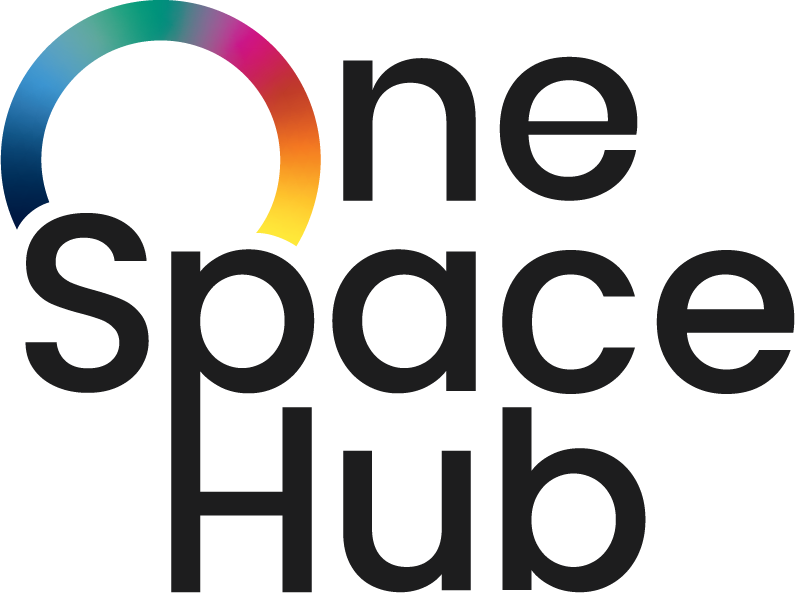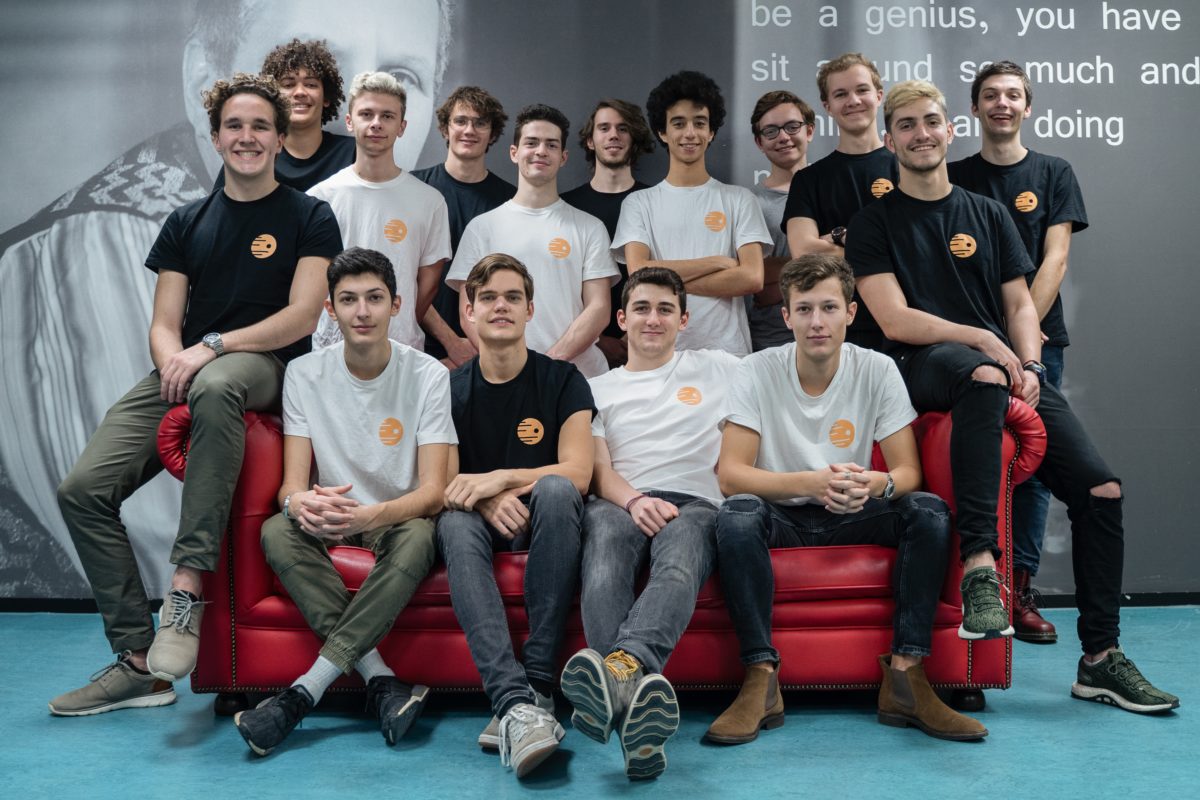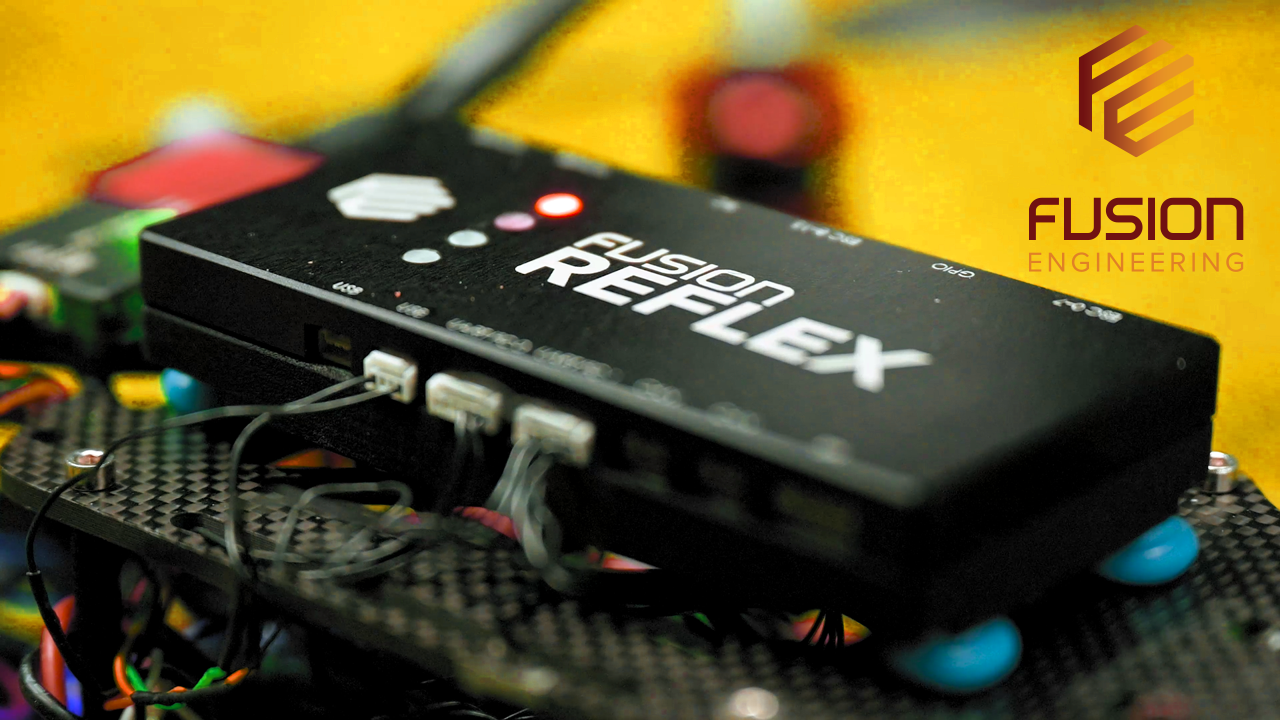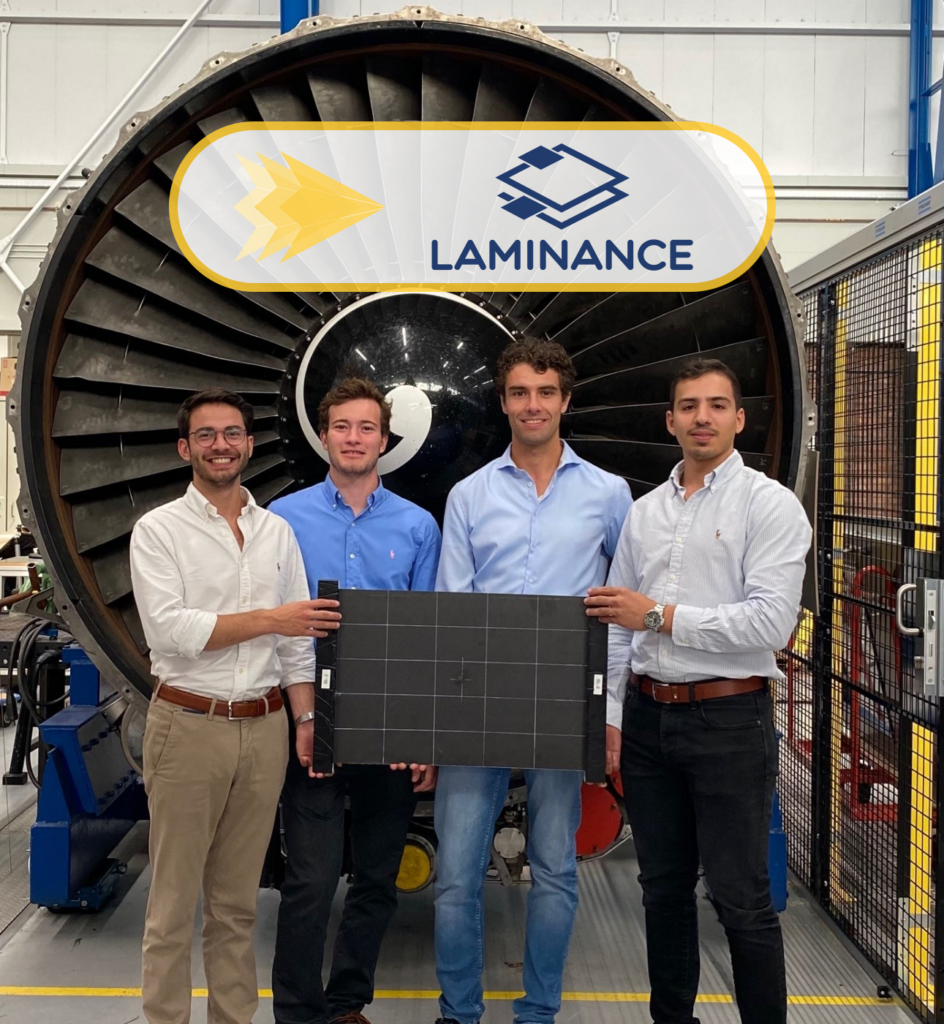OneSpaceHub to strengthen the entrepreneurial journey in the Dutch space ecosystem
OneSpaceHub to strengthen the entrepreneurial journey in the Dutch space ecosystem
A new consortium of stakeholders within the Dutch space ecosystem is working together with the Netherlands Enterprise Agency (Rijksdienst voor Ondernemend Nederland, RVO) to further exploit the potential of the space sector. With its winning proposal, the consortium has been awarded a two-year subsidy to roll out a campaign optimising the early stages of the entrepreneurial journey in the Dutch space sector, from idea to start-up and scale-up. Starting in 2023, the OneSpaceHub programme will expand and strengthen the network in the Netherlands to set out a trajectory geared towards excelling space related talent and entrepreneurship.
A national partnership
RVO’s One Single Hub programme focuses on partnerships of organisations such as incubators and accelerators as well as universities in the Netherlands that aim to improve facilities for innovative entrepreneurship. OneSpaceHub is a joint effort that was awarded a grant under this initiative. The project team led by NL Space Campus consists of Space Business Innovation Centre Noordwijk, University of Twente, PLNT Leiden Centre for Innovation and Entrepreneurship, Aerospace Innovation Hub @TU Delft, Hogeschool Inholland, Radboud University, and Leidse instrumentmakers School. The consortium will lay the foundation for a permanent national partnership where talents from provincial programmes and different educational levels flow towards a strong space-tech and data-driven ecosystem.
Boosting entrepreneurship
The space sector is growing rapidly on a global scale. With an increasing amount of technology transfers, commercialisation, and data driven solutions flowing to other industries, the space sector has gained importance for the wider economy.
Across the Netherlands there are various programmes in the field supporting entrepreneurship covering different aspects such as financing, valorisation, talent, and marketing. OneSpaceHub aims to make “a selection of excellent programmes” better aligned, more visible, and in particular broadly accessible. This will be achieved by bringing together the expertise coming from some of the best performing programmes in the most important early phases of entrepreneurship: education, activation, pre-incubation and incubation. To this end it will link, reinforce, and extend initiatives already in place to make this support accessible in the whole country. A uniform, efficient and accessible OneSpaceHub trajectory will be offered locally, hybrid (online and in-person), and eventually from every province to better facilitate and stimulate entrepreneurs along their growth path. The selection of complementary programmes will increase the chances of success for space related start-ups and scale-ups, and create an even bigger pull to attract new talent, ideas, business and knowhow. By connecting several local hotspots, entrepreneurs will have access to new collaborations and will be in a better position to grow, diversify, and reach new markets on a national and international scale.
The mission of OneSpaceHub is to better facilitate and stimulate the entrepreneurial journey from education and pre-incubation to start-up and scale-up and to generate more space related start-ups and scale-ups in the Netherlands.
Contact: Femke Verdegaal (ae-innovationhub@tudelft.nl)



















